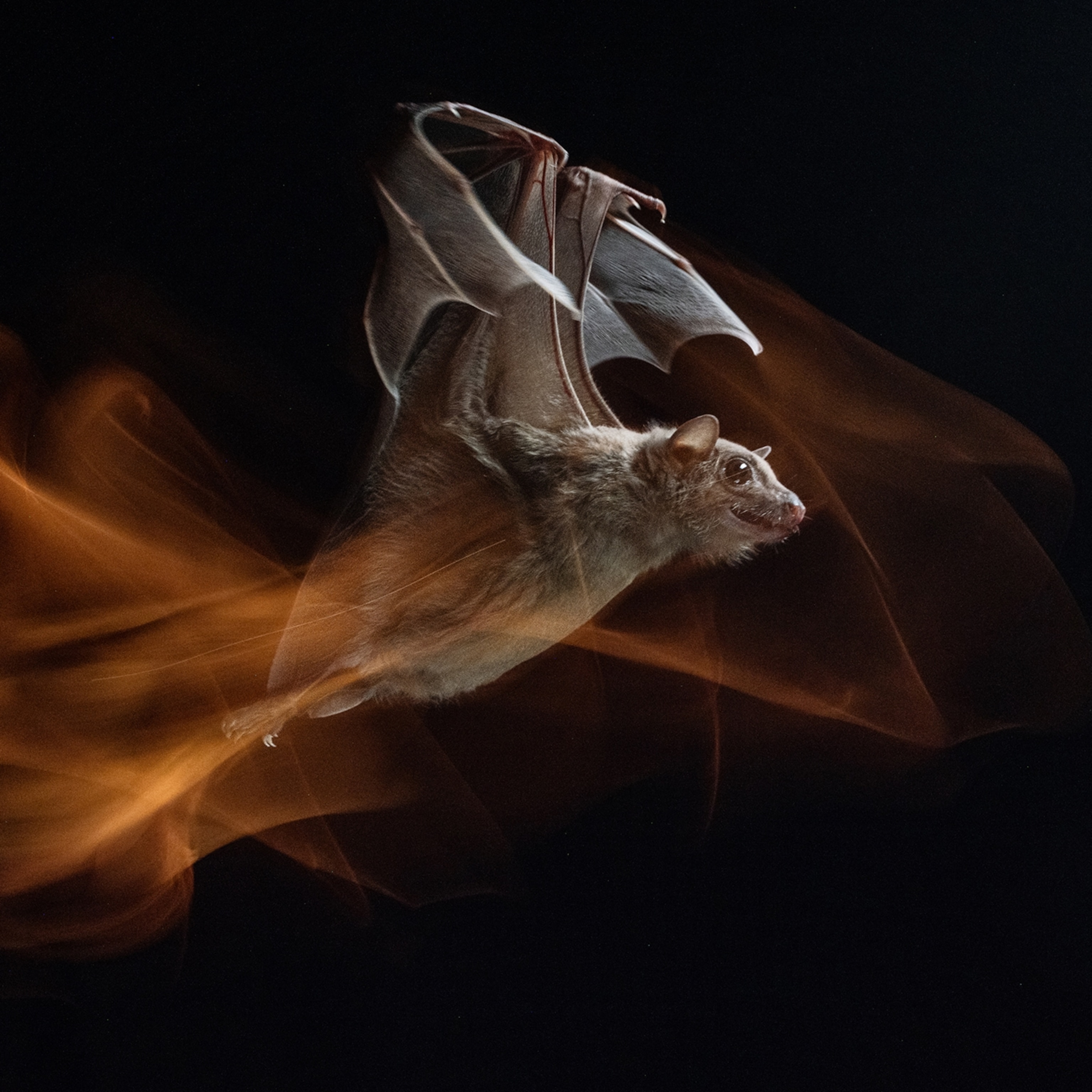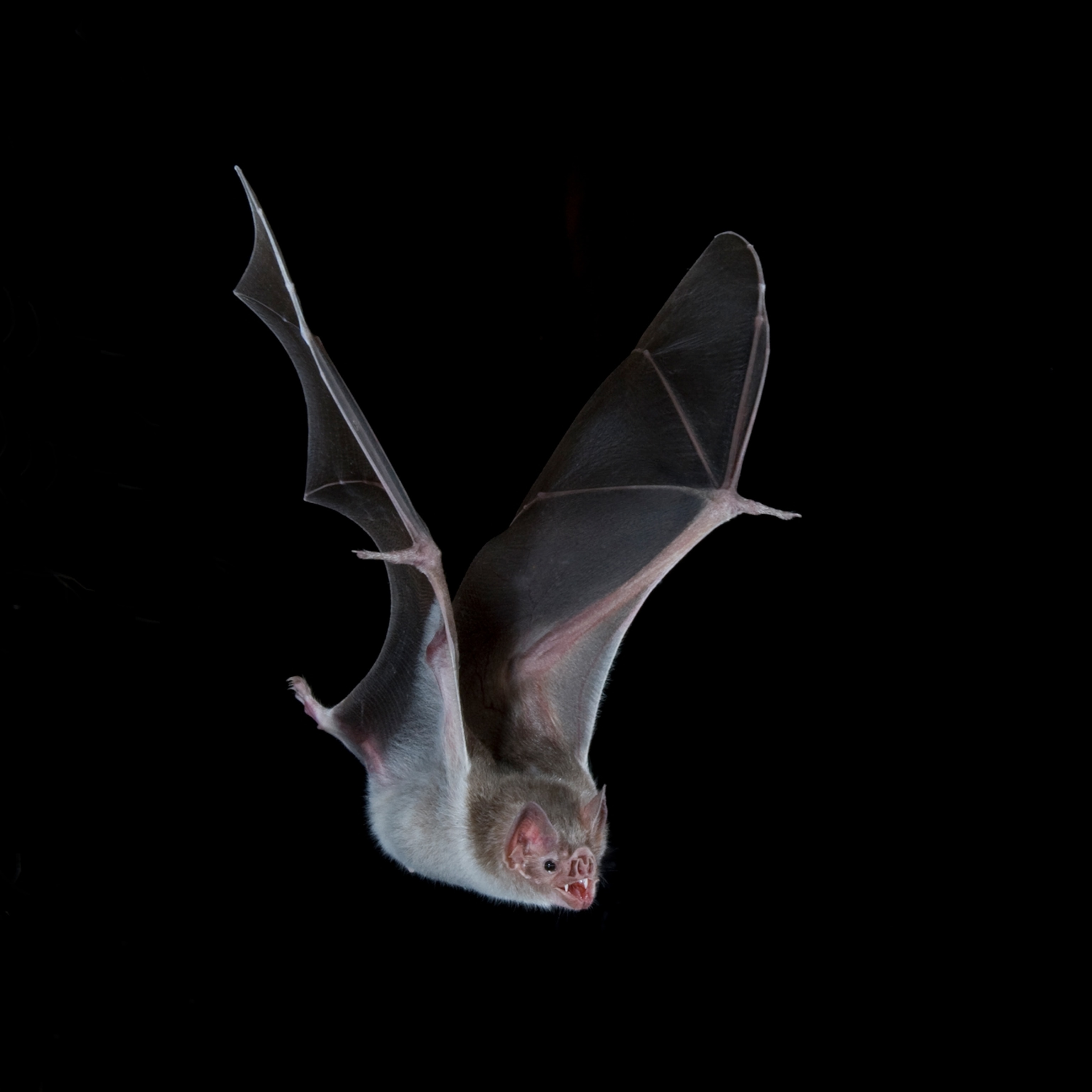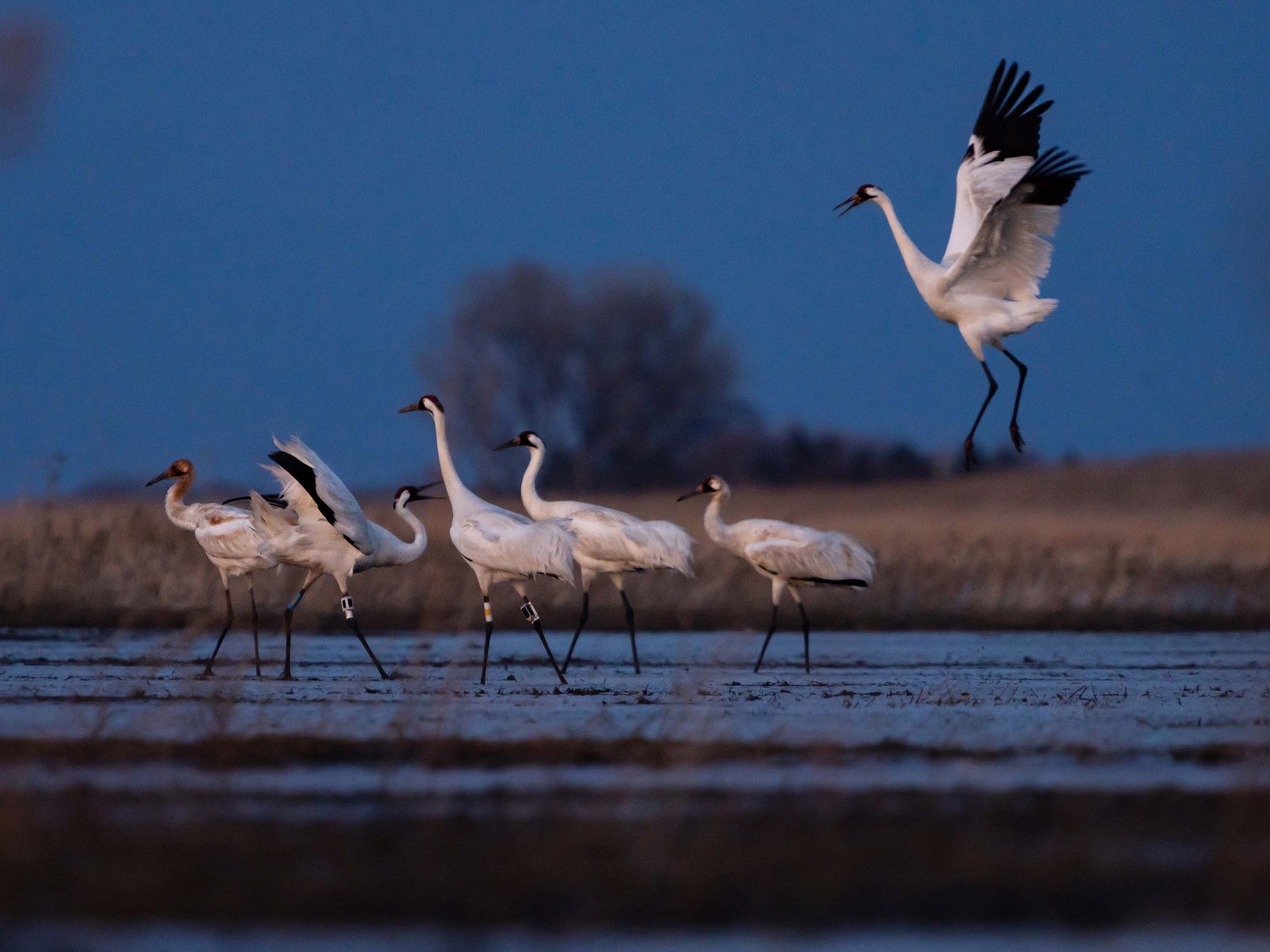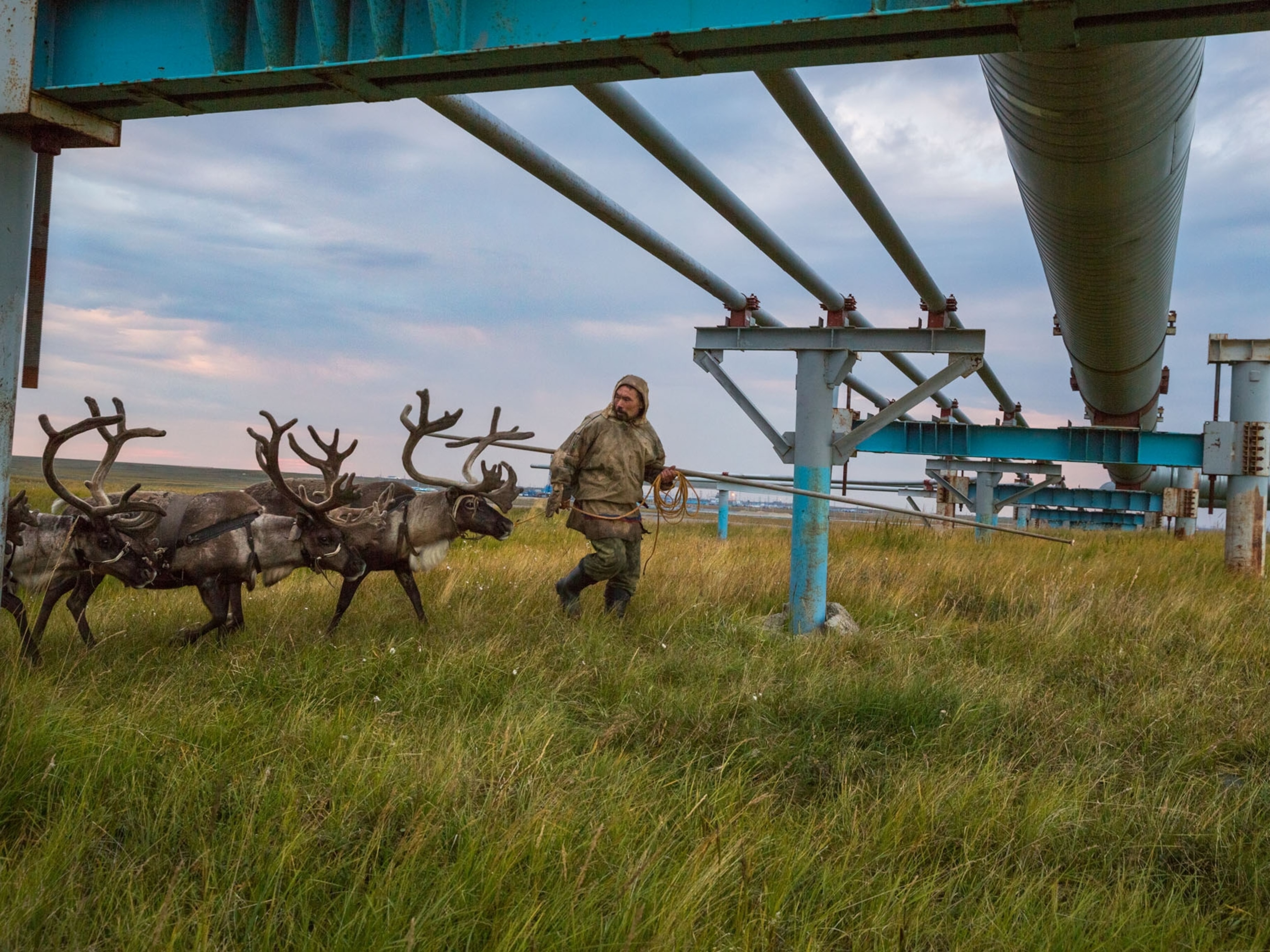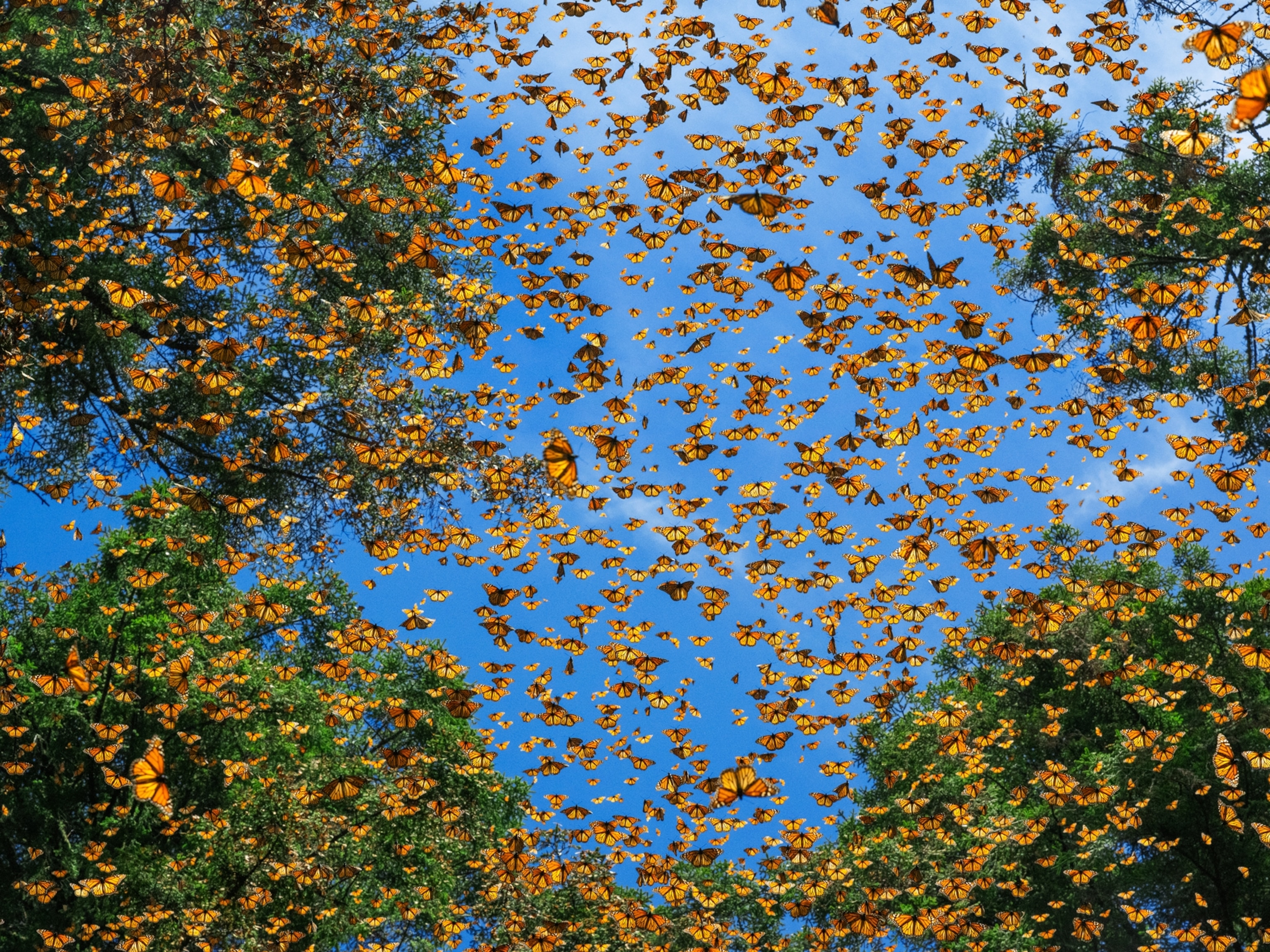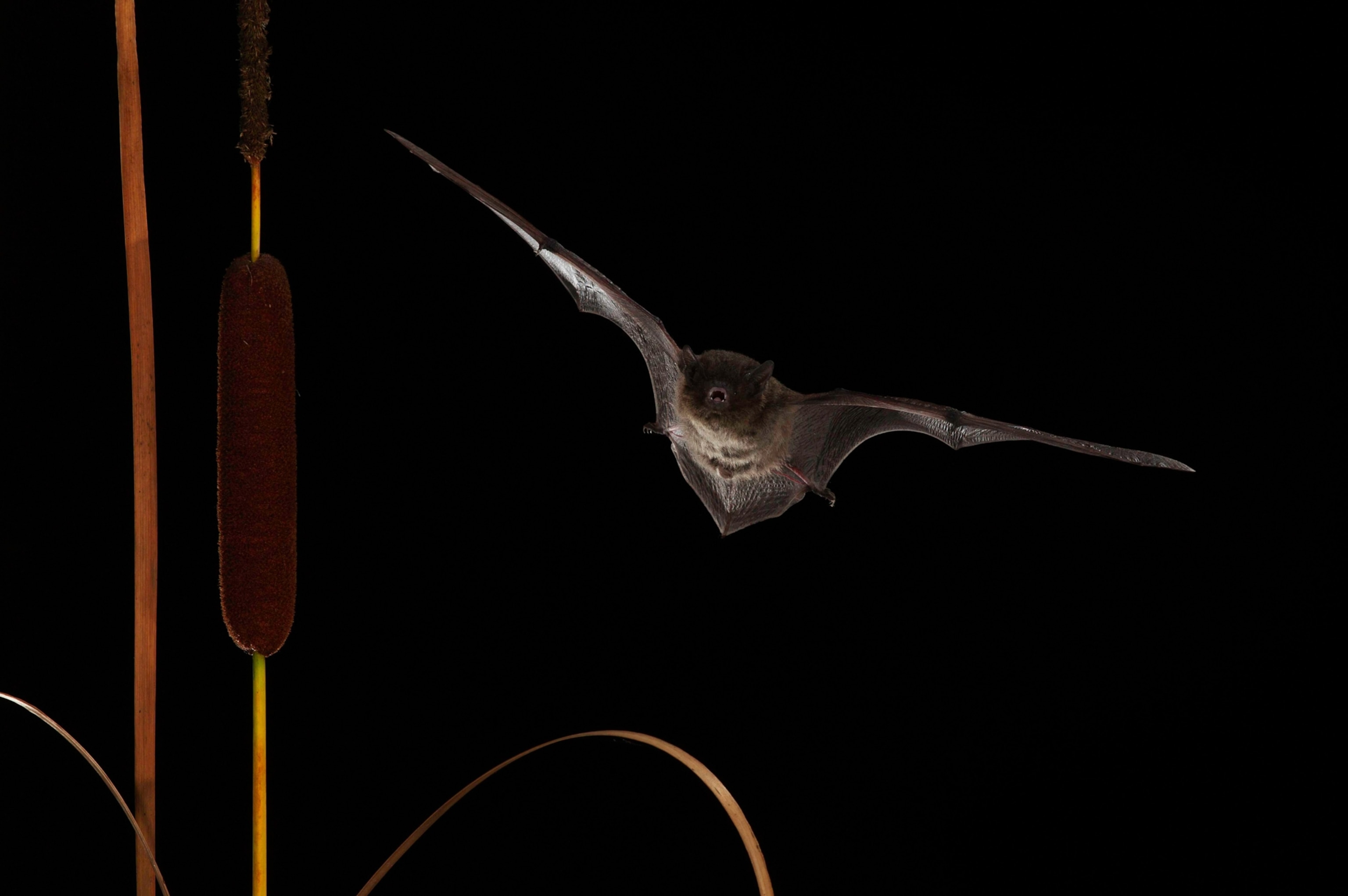
Tiny bat makes record-shattering flight with 1500-mile migration
Weighing in at less than an ounce, a female Nathusius’ pipistrelle flew from Russia to the French Alps in a super journey that may not be all that unusual, experts say.
A young female bat weighing a quarter of an ounce has flown more than 1,500 miles from Russia to the French Alps, the longest bat flight ever recorded.
The Nathusius’ pipistrelle bat bests the previous distance set by another individual of the same species, which flew 1,381 miles, from Latvia to Spain in 2017.
Nathusius’ pipistrelles are European bats with reddish-brown fur and nine-inch wingspans. Scientists already knew they could migrate several hundred miles, but the new record suggests that these ultra-long journeys are part of their life cycle, says Juan Tomás Alcalde, president of the Spanish Association for the Conservation and Research of Bats in Madrid, who recorded the 2017 flight.
“Two bat migrations of more than 2,200 kilometers in the same direction are not a coincidence,” Alcalde says by email. “There is a population of this species migrating very long distances across Europe.”
The new record-breaker’s feat had flown completely under the radar until Jean-François Desmet, an animal ecologist at the independent Group of Research and Information on the Fauna in the Mountain Ecosystems (G.R.I.F.E.M) in France, got involved.
Desmet became curious when he learned of a dead bat found in a water tank near a village around the French Alps in fall 2009. Villagers took pictures of the bat, which had been fitted with a tiny aluminum arm band stamped with the word “RUSSIA” and a number. Going off those images, it took Desmet years to track down Denis Vasenkov, a Russian Academy of Sciences researcher who had first tagged the animal in northwestern Russia’s Darwin Nature Biosphere Reserve. (Learn why some bats hunt during the day.)
“It was only in March 2021 that I got to know the bander and was able to contact and exchange with him,” Desmet, whose discovery was published recently in the journal Mammalia, says by email. “This made it possible to reveal the importance of the displacement of this bat.”
Desmet and Alcade both think these bats are traveling even farther distances than what’s been recorded so far. Since the arm bands aren’t equipped with GPS locators, researchers only know where a bat was banded and where it was found.
And because the current calculation of 1,500 miles is the straight-line distance between the two points, it’s almost guaranteed the latest record-holder flew much farther in her journey—perhaps up to 1,900 miles, they say.
Bats across borders
Of the roughly 1,500 bats Vasenkov has caught and banded in the past 20 years, this remarkable female is the only one that’s been found out of the country and returned.
“It was very exciting news,” Vasenkov, who studies bat migration in Russia, says by email. “We checked it on maps several times because it was hard to believe, despite the fact that we knew that long migrations are common for this species.”
Nathusius’ pipistrelles generally spend their summers breeding and raising young in northeastern Europe before migrating southwest to hibernate over the colder months. The species prefers hibernating aboveground in buildings or trees, which means it requires warmer climates than bats that hibernate in caves or other enclosed environments. (Read more about bat superpowers.)
The yearling female likely hugged the coast of the Baltic Sea at night, stopping to hunt for flies and other insects and to find places to rest, such as holes and cracks in trees or nest boxes, Desmet says.
Vasenkov suspects the female kept flying in search of warmer temperatures, which is how she ended up in the French Alps in the fall—and met her untimely and unexplained death. She may have also simply gotten lost.
Uncertain future
While bats account for nearly a fifth of the planet’s biodiversity, more than half of the known species have unknown or declining populations, according to a 2020 paper in the Annals of the New York Academy of Sciences. Learning more about bat migration, as well as barriers to their movement, can help boost their conservation, experts say.
In Europe, Nathusius’ pipistrelle populations are considered stable and possibly even increasing in some northern parts of their range, but they are often found dead near wind farms, says Alcalde. The mammals die either from crashing into the blades or from a phenomenon called barotrauma, when the air pressure changes suddenly near wind turbine blades, causing bats to hemorrhage.
“Wind farms are relatively new, and wind power is currently growing very fast in most of Europe,” Alcalde says. The region’s use of this clean energy source increased by 18 percent between 2020 and 2021—and that’s still far from Europe’s desired goal.
“We expect a decrease of migrating bat populations in the near future,” Alcalde continues. That’s especially because Nathusius’ pipistrelles are slow reproducers, raising only one pup a year during their 13-year life span. Other migratory bats face will similar challenges.
But the future for these tiny voyagers isn’t all bad: Alcalde points to experiments that show wind turbines can change their operation schedules when bats are migrating, an intervention that can reduce fatalities.
Those kinds of measures, he says, “should be implemented in all wind farms that have bat mortality—before it is too late."

